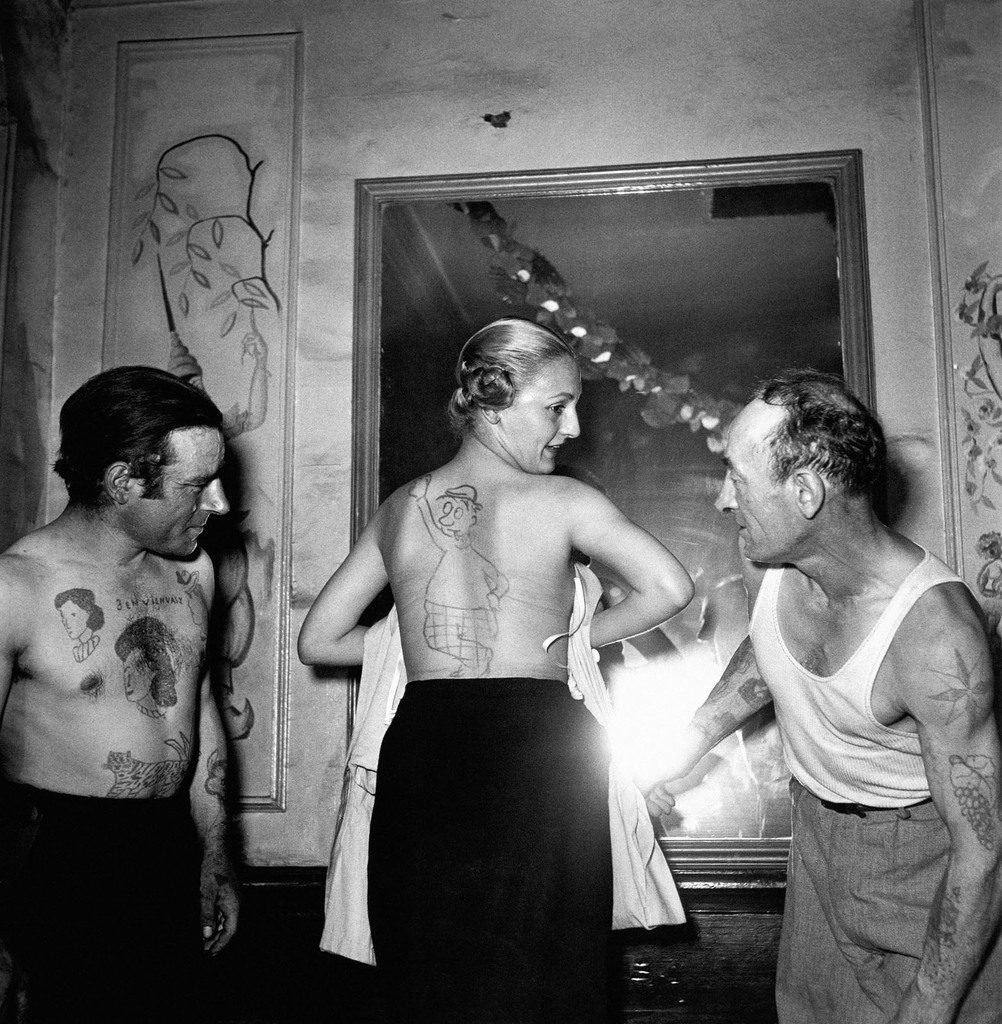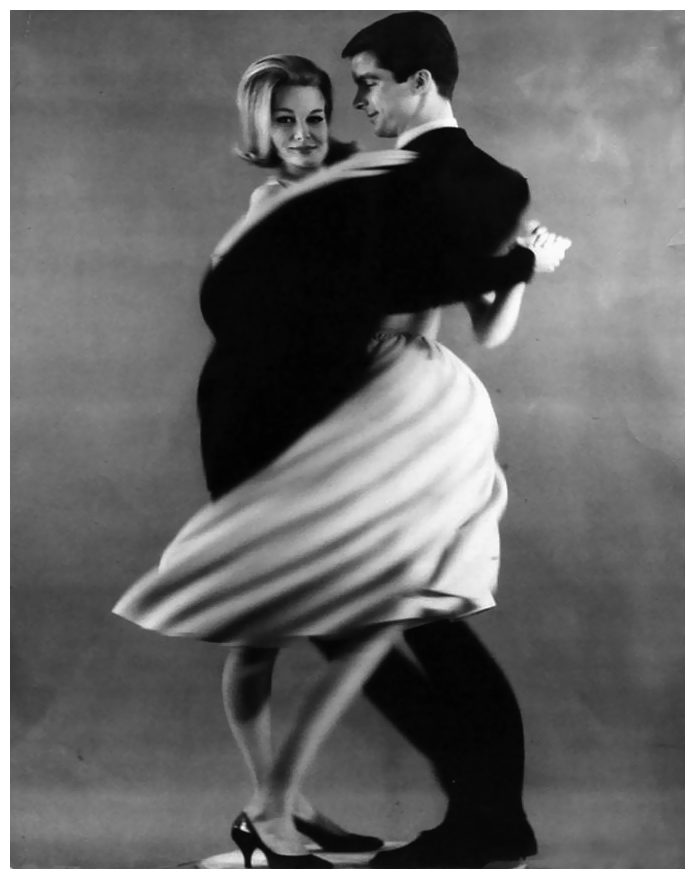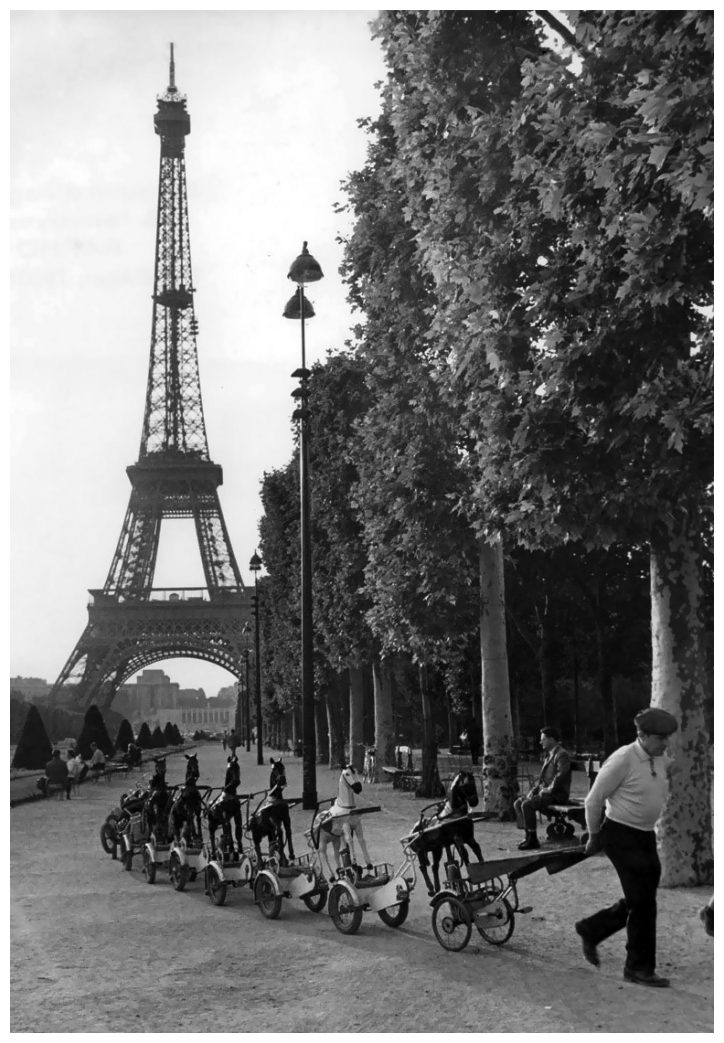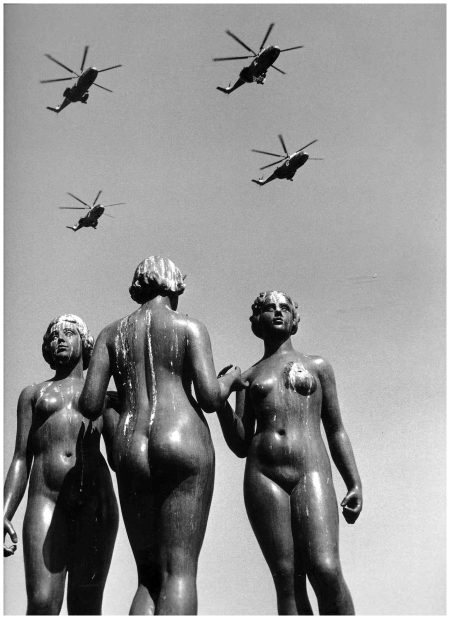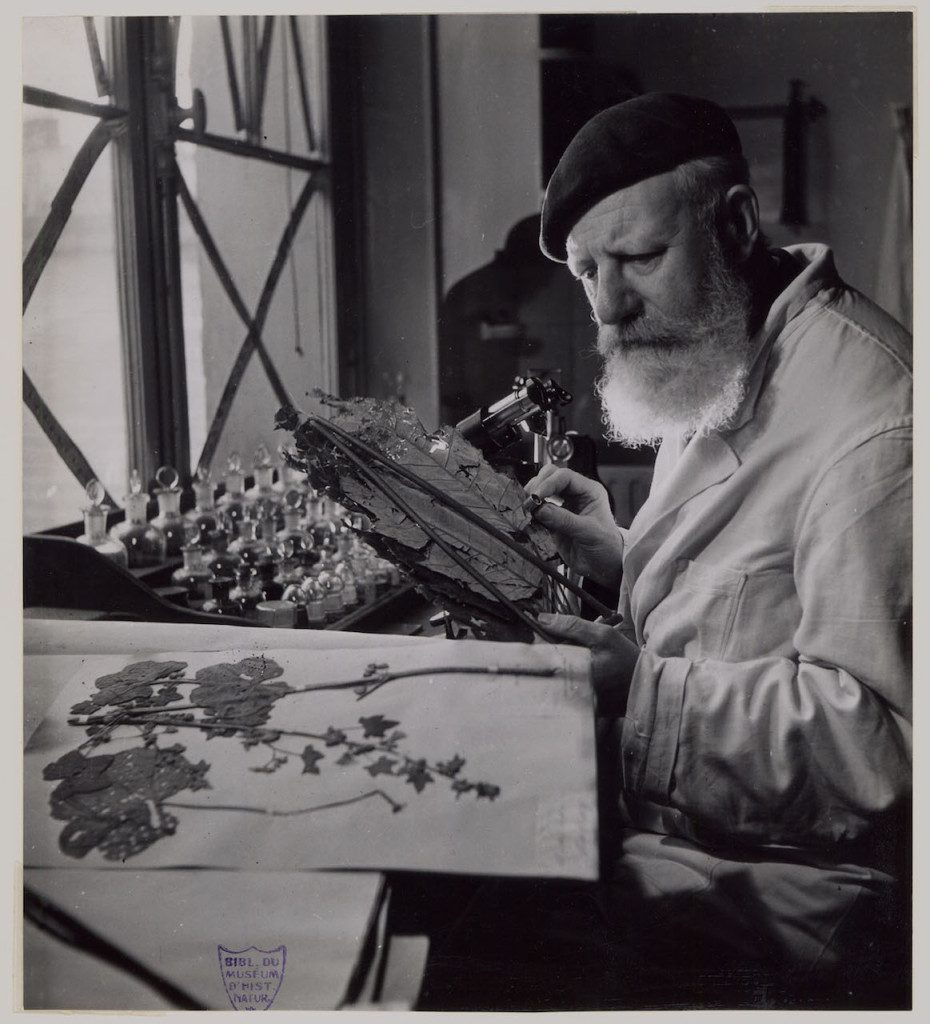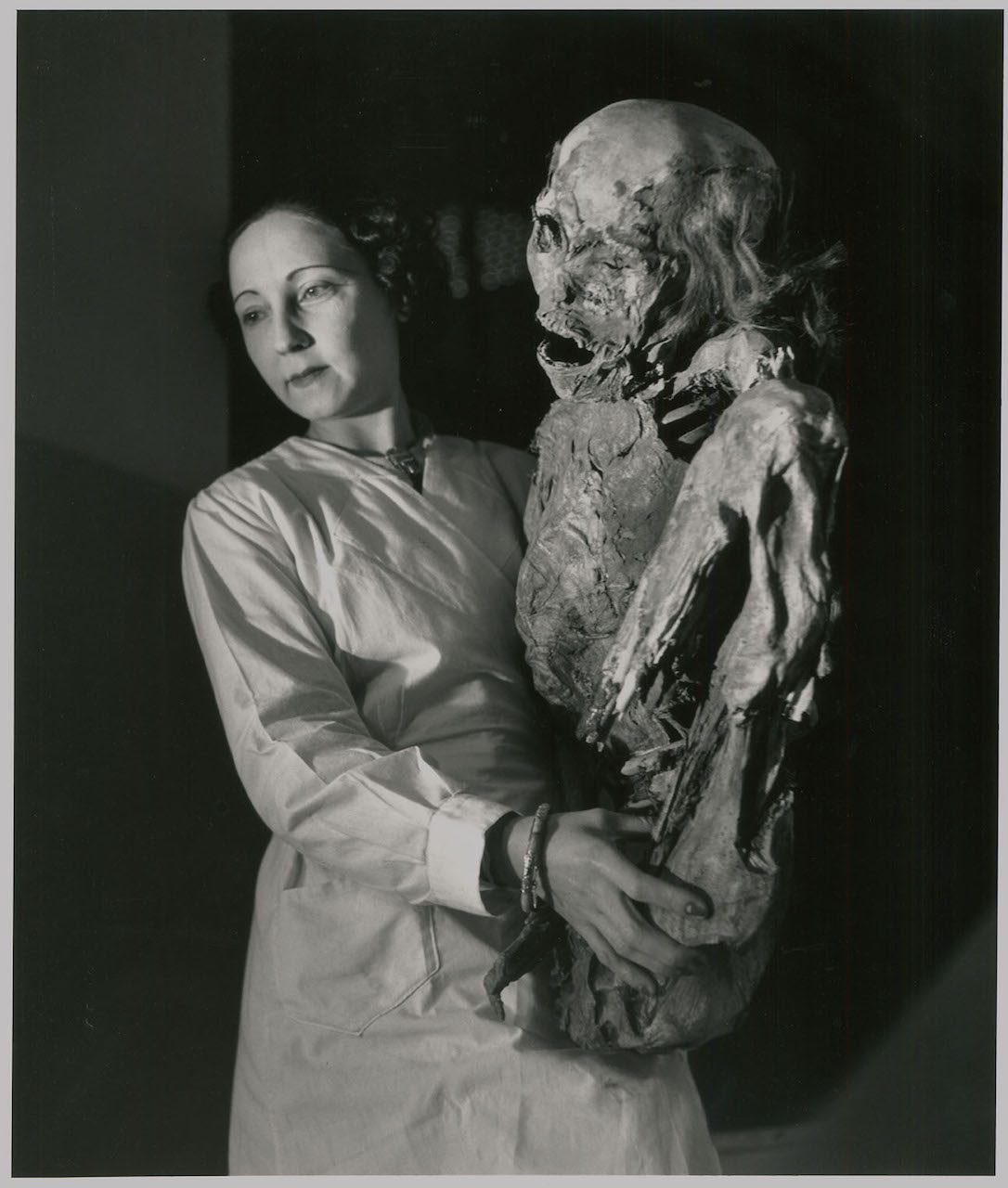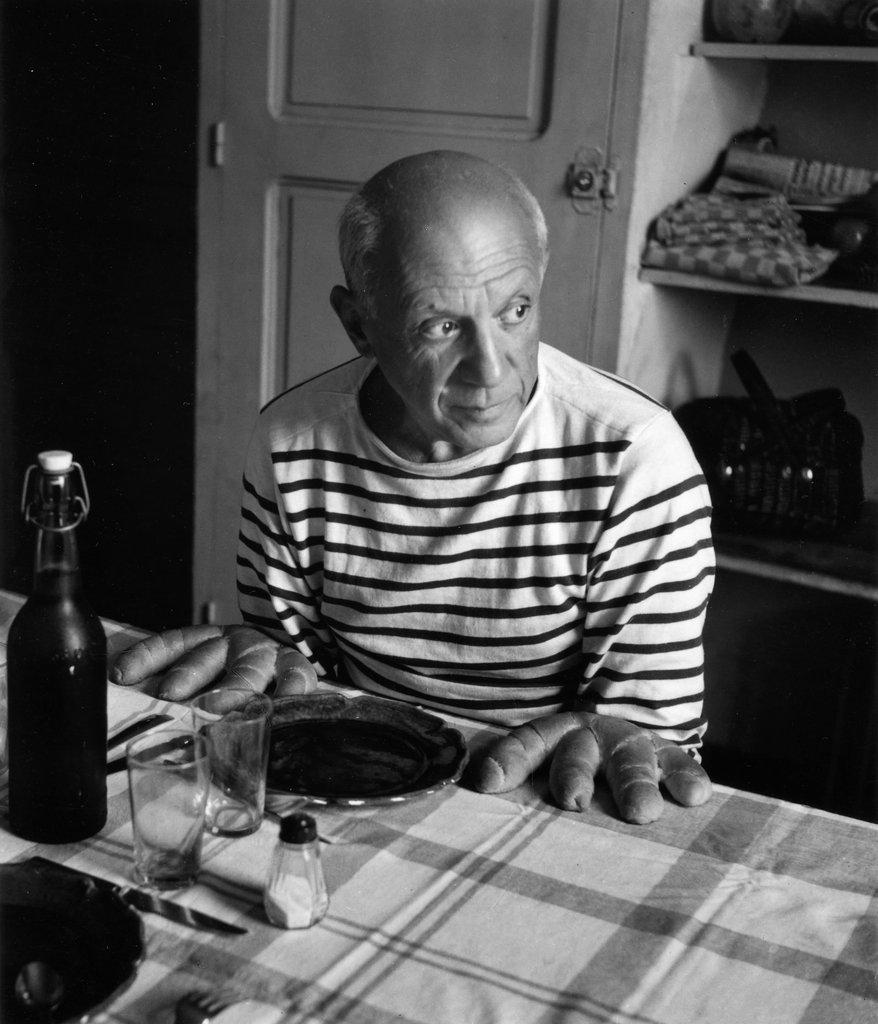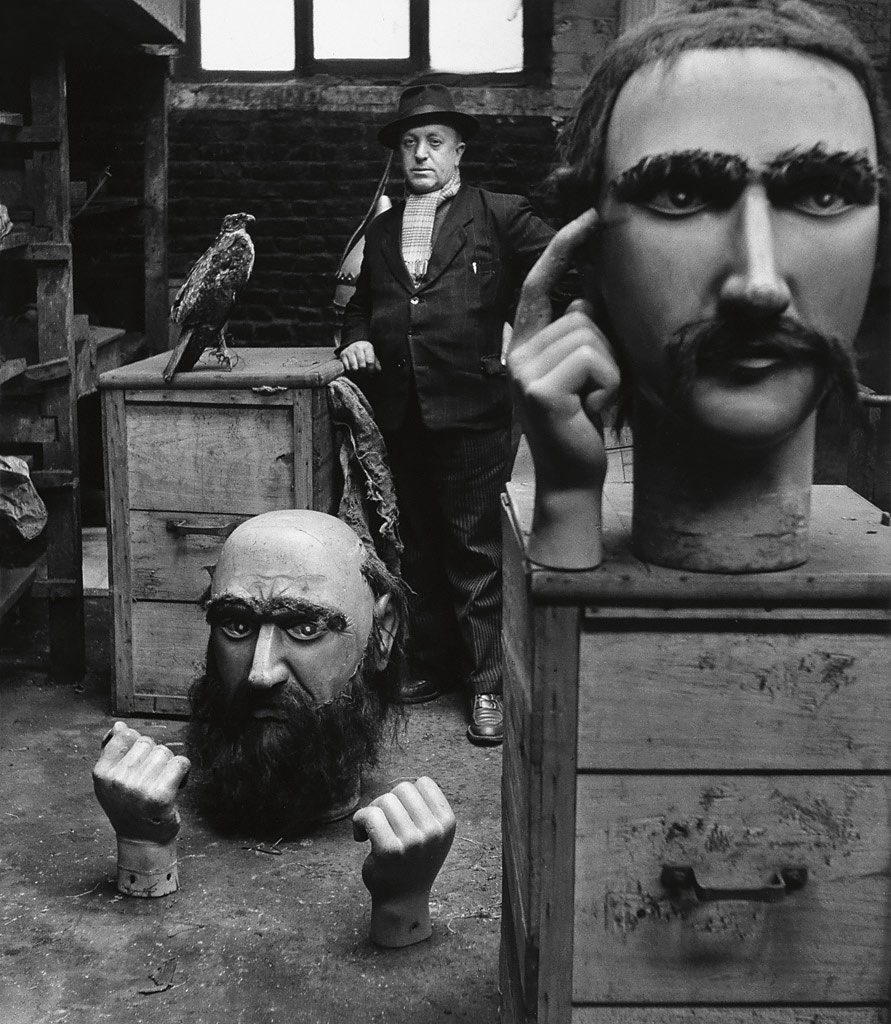PHOTO:Robert Doisneau
 Robert Doisneau (14/4/1912-1/4/1994) is predominantly known for his unassuming, often surreal, and light-hearted portrayal of life on Paris streets. One of his most well known works, classic to his style, is “Le baiser de l’hôtel de ville” showing a kissing couple embracing on the streets of Paris in 1950. He commented, “The marvels of daily life are so exciting; no movie director can arrange the unexpected that you find in the street”.
Robert Doisneau (14/4/1912-1/4/1994) is predominantly known for his unassuming, often surreal, and light-hearted portrayal of life on Paris streets. One of his most well known works, classic to his style, is “Le baiser de l’hôtel de ville” showing a kissing couple embracing on the streets of Paris in 1950. He commented, “The marvels of daily life are so exciting; no movie director can arrange the unexpected that you find in the street”.
By Dimitris Lempesis
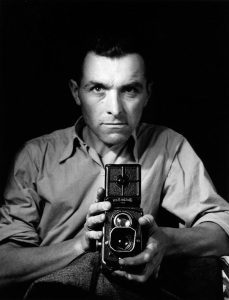 Robert Doisneau was born in Gentilly, a suburb of Paris, hestudied engraving and lithography at the École Estienne in Paris to learn the crafts involved in the book trade, but claimed that the streets of the working class neighborhood of Gentilly provided his most important schooling. When he was 16 he took up amateur photography but was reportedly so shy that he started photographing cobble-stones before progressing to children and then adults. After his graduation in 1929, he started photographing professionally, first working for the modernist photographer André Vigneau, in whose studio he met artists and writers with avant-garde ideas. He began photographing details of objects in 1930, and sold his first photo-story to the Excelsior newspaper in 1932. Beginning in 1934, he worked for Renault as an industrial and advertising photographer. When he was fired in 1939, he earned his living through advertising and postcard photography. That year he was hired by the Rapho photo agency, where he worked until the onset of World War II. A member of the Resistance both as a soldier and as a photographer, Doisneau also worked for the resistance forging documents. He photographed both the occupation and the liberation of Paris. In 1945 he started anew with his advertising and magazine work, including fashion photography and reportage for French Vogue from 1948 to 1952. He joined the Alliance photo agency for a short time and began working with Rapho again in 1946. His work was exhibited alongside that of Cartier-Bresson and Brassaï in French Photography Today in New York in 1948. His first book of photographs, “La Banlieue de Paris” (1949), was followed by over twenty publications of his photographs, often of Paris and Parisians. In the ‘50s Doisneau became active in Group XV, an organization of photographers devoted to improving both the artistry and technical aspects of photography. From then on, the street was his arena. He photographed a vast span of people and events, often juxtaposing conformist and maverick elements in images marked by an exquisite sense of humor, by anti-establishment values, and, above all, by his deeply felt humanism. Doisneau was in many ways a shy and unassuming man, rather like his photography. He lived in the Paris suburb of Montrouge. He died on 1/4/94 in Broussais, France. He left behind 450,000 negatives that tell an entertaining story of his time with a tender and observant eye, which must not hide the depth of his thought, his irreverent attitude toward power and authority, his relentlessly free-thinking mind.
Robert Doisneau was born in Gentilly, a suburb of Paris, hestudied engraving and lithography at the École Estienne in Paris to learn the crafts involved in the book trade, but claimed that the streets of the working class neighborhood of Gentilly provided his most important schooling. When he was 16 he took up amateur photography but was reportedly so shy that he started photographing cobble-stones before progressing to children and then adults. After his graduation in 1929, he started photographing professionally, first working for the modernist photographer André Vigneau, in whose studio he met artists and writers with avant-garde ideas. He began photographing details of objects in 1930, and sold his first photo-story to the Excelsior newspaper in 1932. Beginning in 1934, he worked for Renault as an industrial and advertising photographer. When he was fired in 1939, he earned his living through advertising and postcard photography. That year he was hired by the Rapho photo agency, where he worked until the onset of World War II. A member of the Resistance both as a soldier and as a photographer, Doisneau also worked for the resistance forging documents. He photographed both the occupation and the liberation of Paris. In 1945 he started anew with his advertising and magazine work, including fashion photography and reportage for French Vogue from 1948 to 1952. He joined the Alliance photo agency for a short time and began working with Rapho again in 1946. His work was exhibited alongside that of Cartier-Bresson and Brassaï in French Photography Today in New York in 1948. His first book of photographs, “La Banlieue de Paris” (1949), was followed by over twenty publications of his photographs, often of Paris and Parisians. In the ‘50s Doisneau became active in Group XV, an organization of photographers devoted to improving both the artistry and technical aspects of photography. From then on, the street was his arena. He photographed a vast span of people and events, often juxtaposing conformist and maverick elements in images marked by an exquisite sense of humor, by anti-establishment values, and, above all, by his deeply felt humanism. Doisneau was in many ways a shy and unassuming man, rather like his photography. He lived in the Paris suburb of Montrouge. He died on 1/4/94 in Broussais, France. He left behind 450,000 negatives that tell an entertaining story of his time with a tender and observant eye, which must not hide the depth of his thought, his irreverent attitude toward power and authority, his relentlessly free-thinking mind.
